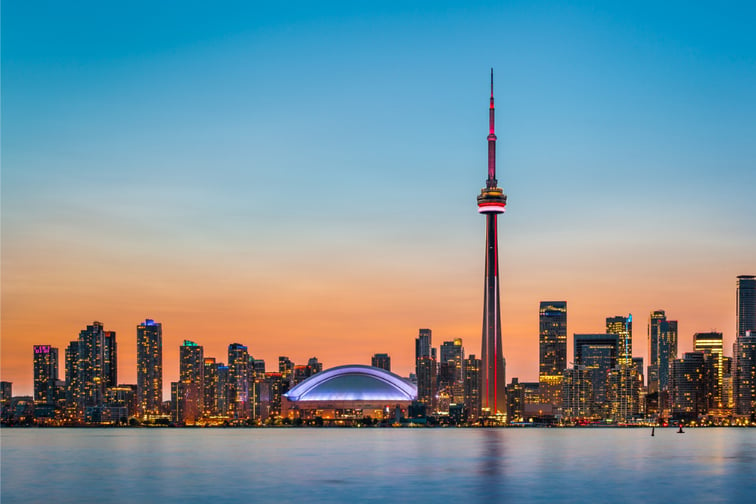

There’s something toxic in the air here in Toronto, and the city is not alone. Millions of people in North America have been engulfed by unusual levels of poisonous pollution driven by wind and smoke from wildfires that have raged through parts of Canada.
Flames have, in recent weeks, fanned through the provinces of Alberta, British Columbia, Nova Scotia, Ontario and Quebec, consuming homes and businesses and leaving tens of thousands of evacuees in their wake. Firefighters continue to battle blazes, and emergency international support is being parachuted in with a reported more than 400 fires still raging as of Thursday. It’s been called the country’s worst wildfire season.
The devastation comes as insurers and reinsurers, some of which have previously cautioned of the potentially costly impact of rising global temperatures on wildfire risk, have been exiting UNEP’s NZIA climate coalition in droves. From behind the closed doors and windows of a Toronto apartment, it’s tough not to reflect on the somewhat bitter irony that US antitrust threats have been blamed for what has been an ongoing exodus, even as a chunk of the country finds itself blanketed in smog and its most populous city turns orange.
Major League Baseball games have been cancelled in Philadelphia and New York, where air quality levels were, for a time on Wednesday, reportedly the world’s worst. Broadway shows, Camelot and Hamilton reportedly among them, have pushed pause. Swathes of states have faced pollution warnings.
Canada’s neighbour is no stranger to wildfire crises, as recent California insurer moratoriums demonstrate; the state has been home to four out of five of the past decade’s costliest wildfires. Nevertheless, this week’s pollution has shocked the country and shown no respect for borders.
The economic cost of these fires is yet to emerge; the brunt will be borne by those Canadians whose communities face devastation, but the smoky spread has caused disruption and health risks for hundreds of miles around.
Here in Toronto, otherwise safe from the flames that have ravaged elsewhere in the country, those who must head out have been advised by Environment Canada to mask up. It is “normal to feel anxious or isolated” during an event like this, it has told residents.
Anyone who dares to remember the years that followed the COVID pandemic onset could be forgiven for feeling more than a flutter of déjà vu.
Toronto’s patios and parks, usually a jubilant June hotbed of activity as its people celebrate the end of a harsh winter, are quiet. Some business owners have elected to shutter outdoor hubs. Events – including horse racing at Woodbine – have been postponed.
Few people congregate in the local parks. Dare to venture outside in the city’s glassy condo districts this week and you might catch a glimpse of packed-out apartment building gyms as people dodge the not-so-fresh air.
A light haze shimmers across the looming CN Tower and the city’s skyline. Otherwise, the outside looks deceptively normal if a little gloomy. The mostly unseen danger comes and goes as the hours fold into one another, experts have warned.
Even in the concrete jungle of downtown Toronto, the cloying scent of wood fire coaxes childhood memories of campfires and toasted marshmallows, or s’mores. You’d be ill-advised to linger too long or inhale too deeply on any trip down memory lane.
